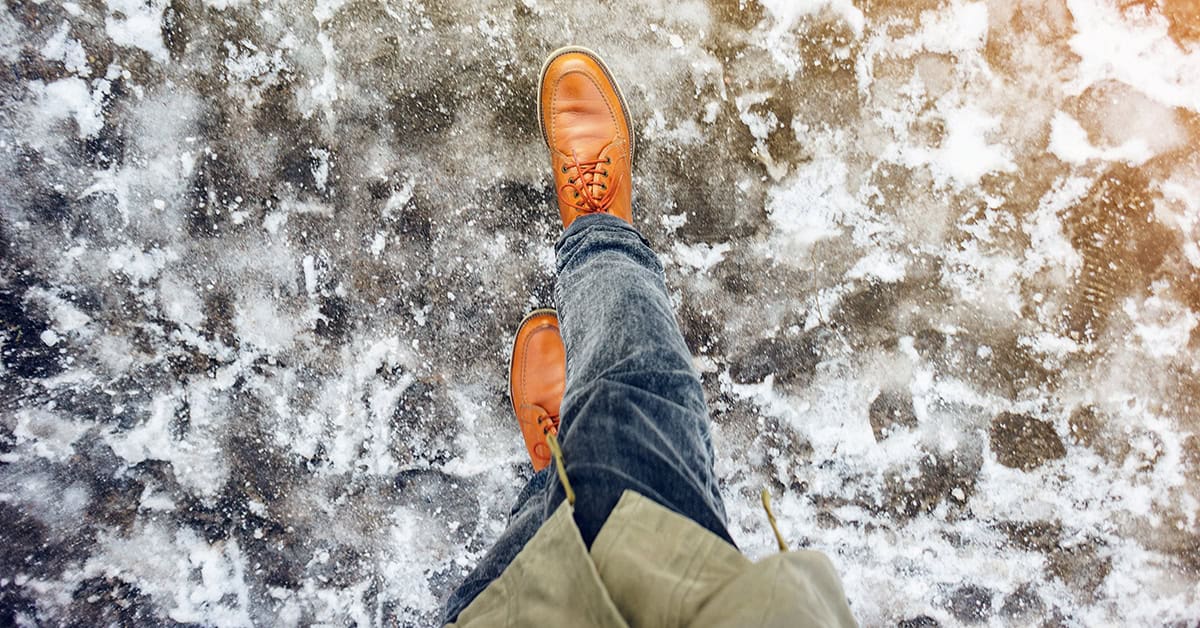
Plan. Equip. Train.
The vast majority of work in long-term care happens inside cozy, warm buildings. However, it is important to be aware of the dangers of winter weather for those who must leave the building, and for those who come and go for work. OSHA shares some tips to help you prepare for winter weather in the workplace.
Some of the more common hazards that get worse during winter are:
- Slips, trips and falls that occur inside from rain, snow and slush from peoples’ shoes. Having mats at the door, increased mopping of walkways, increased encouragement for wearing slip-resistant shoes, and increased use of signage can help prevent these.
- Slips and falls that occur on icy walkways outside. Use shovels, ice melt, or other techniques to eliminate slippery conditions but understand these all pose their own hazards that need to be addressed as well.
- An increase in auto accidents as roadways are hit with ice and snow. During inclement weather, remember to only drive when necessary, use traction devices, slow down, and provide greater distance between you and the vehicle in front of you.
- The cold itself can cause hypothermia, frostbite, and other conditions. Stay warm, wear layers, stay hydrated with non-caffeinated liquids, and use the buddy system when you have to be out in extreme cold.
Find more resources at Winter Weather | OSHA.gov.

